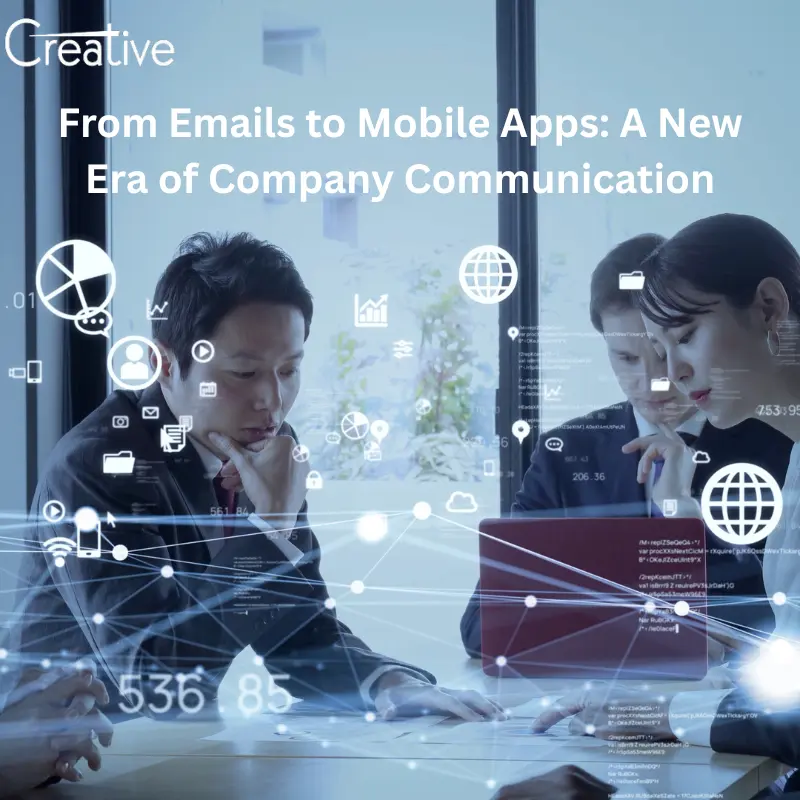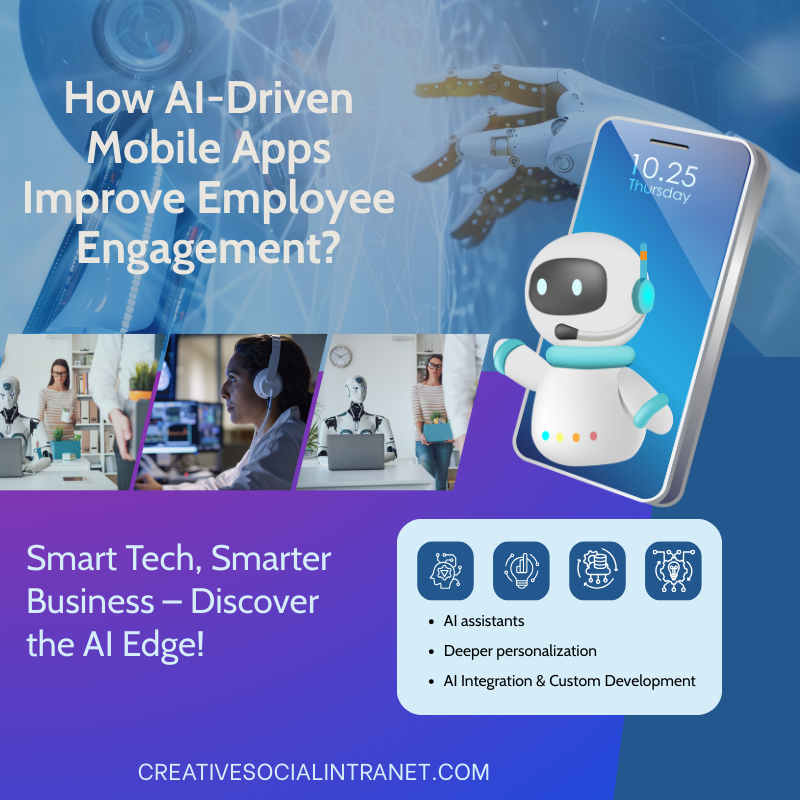How has intranet software evolved over time?
Intranet software has undergone a dynamic evolution as a result of shifting technical landscapes and the demands of contemporary workplaces. Let’s examine the significant turning points and changes in intranet software over time:
1. The 1990s’ early intranets:
Introduction: Using early internet technology, internal networks were known as intranets in the 1990s. Organizations were able to share information and documents within their private networks thanks to these fundamental systems.
Limited capabilities: The majority of early intranets’ capabilities were text-based, and they lacked advanced functionality. They functioned as crude platforms for basic communication and document storage.
2. Late 1990s–Early 2000s Document-Centric Intranets:
Document-Centric Design: Intranet software changed throughout time as businesses realized how important it was to manage documents effectively. During this time, basic document collaboration functions and file-sharing capabilities emerged.
Static Content: Intranets were mostly comprised of static content, with little to no real-time collaboration tools or interactive elements.
3. Mid-2000s Social Intranets and Web 2.0:
Transition to Web 2.0: Intranet development was impacted by the advent of the Web 2.0 era in the mid-2000s. Social features influenced by outside social media platforms began to be included in intranet software.
Social Collaboration: With the advent of discussion boards, blogs, and wikis, the emphasis switched to promoting collaboration. This signaled the advent of social intranets, which improved internal communication in businesses.
4. From the late 2000s to the early 2010s, cloud-based intranets
Rise of Cloud Computing: Cloud computing had a boom in the late 2000s and early 2010s. Cloud-based platforms replaced on-premises solutions for intranet software, providing more scalability and accessibility.
Enabling Remote operation: Cloud-based intranets made it possible for staff members to operate remotely by letting them access data and communicate from any location with an internet connection.
5. 2010s Mobile-First Intranets:
Growth of Mobile Devices: Intranet software saw a mobile makeover as a result of the broad usage of smartphones and tablets. Designing with mobile devices in mind has become essential to meet the needs of the expanding mobile user base.
Responsive Design: Intranets started implementing responsive design to provide a consistent user experience across a range of devices. Mobile apps, which provide intranet functions while on the go, have become widely used.
6. Hubs for Collaboration and Integration (2010s–Present):
Integration Capabilities: The emphasis of contemporary intranet solutions is on integration with other company applications and tools. Through this integration, users may access and interact with several tools from a single, central location, improving workflow efficiency.
Collaboration Tools: As the focus on collaboration grew, more sophisticated collaboration tools were incorporated, including direct project management features, video conferencing, and instant messaging on the intranet.
7. Present-day Artificial Intelligence and Personalization:
AI Integration: To improve user experience and personalization, intranet software is currently integrating artificial intelligence (AI) more and more. Intelligent search, automated task management, and predictive content recommendations are examples of AI-driven functionality.
Personalized User Experiences: With customized dashboards, content recommendations, and notifications catered to certain user roles and preferences, intranets are now trying to offer personalized user experiences.
8. Current Emphasis on User Experience:
User-Centric Design: Nowadays, a lot of attention is paid to the user experience. Providers of intranet software place a high value on user-centric design concepts, making sure that user interfaces are clear, aesthetically pleasing, and simple to use.
Continuous Improvement: Organizations may take advantage of the newest developments without experiencing significant disruptions thanks to the cloud’s seamless delivery of regular updates and feature additions.
Intranet software has evolved as a result of ongoing efforts to adapt to the shifting demands of the contemporary workplace. Intranet solutions, which range from simple document archives to complex, AI-driven collaborative centers, are now essential for promoting productivity, communication, and teamwork within enterprises. The future of intranet software offers even more cutting-edge capabilities as technology develops, greatly improving team communication and collaboration.
Explore Creative Social Intranet
Boost Understanding with Quick Answers
Our Latest Intranet News and Articles

From Emails to Mobile Apps: A New Era of Company Communication
In the past, emails were the backbone of corporate communication. They were formal, reliable, and convenient for exchanging information within organizations. However, as the modern workplace evolved, with hybrid teams, instant messaging, and real-time collaboration, emails began to reveal their limitations. Slow response times, long threads, and cluttered inboxes made communication less efficient and more fragmented. Today, we’ve entered a new era where mobile apps and intelligent intranet systems, such as Creative Social Intranet, are transforming the way companies communicate, connect, and collaborate. They offer speed, accessibility, and engagement that emails can’t match, paving the way for smarter, more connected … From Emails to Mobile Apps: A New Era of Company Communication

How Mobile Apps Revolutionize Internal Communication?
In today’s digital-first workplace, communication is the lifeblood of every successful organization. With teams spread across locations, departments, and even time zones, keeping everyone informed and aligned has become a major challenge. Traditional methods, such as emails, bulletin boards, or intranet portals, are no longer sufficient to engage modern employees who are constantly on the move. This is where mobile apps come into play — transforming how companies share news, policies, and events with their workforce. At Creative Social Intranet, we’ve seen how mobile communication tools have revolutionized internal engagement by making information accessible, timely, and interactive. A well-designed mobile … How Mobile Apps Revolutionize Internal Communication?

How AI-Driven Mobile Apps Improve Employee Engagement?
Employee engagement has become a top priority for modern organizations. In an era where hybrid work, remote collaboration, and digital communication dominate the workplace, traditional engagement strategies are no longer enough. Employees expect seamless communication, instant access to information, and personalized experiences that help them feel valued. This is where AI-powered intranet software, combined with mobile apps, plays a transformative role. At Creative Social Intranet, we specialize in building intelligent platforms that not only connect employees but also empower them with tools that keep them engaged, productive, and motivated. Why Employee Engagement Matters More Than Ever? Engaged employees are the … How AI-Driven Mobile Apps Improve Employee Engagement?
